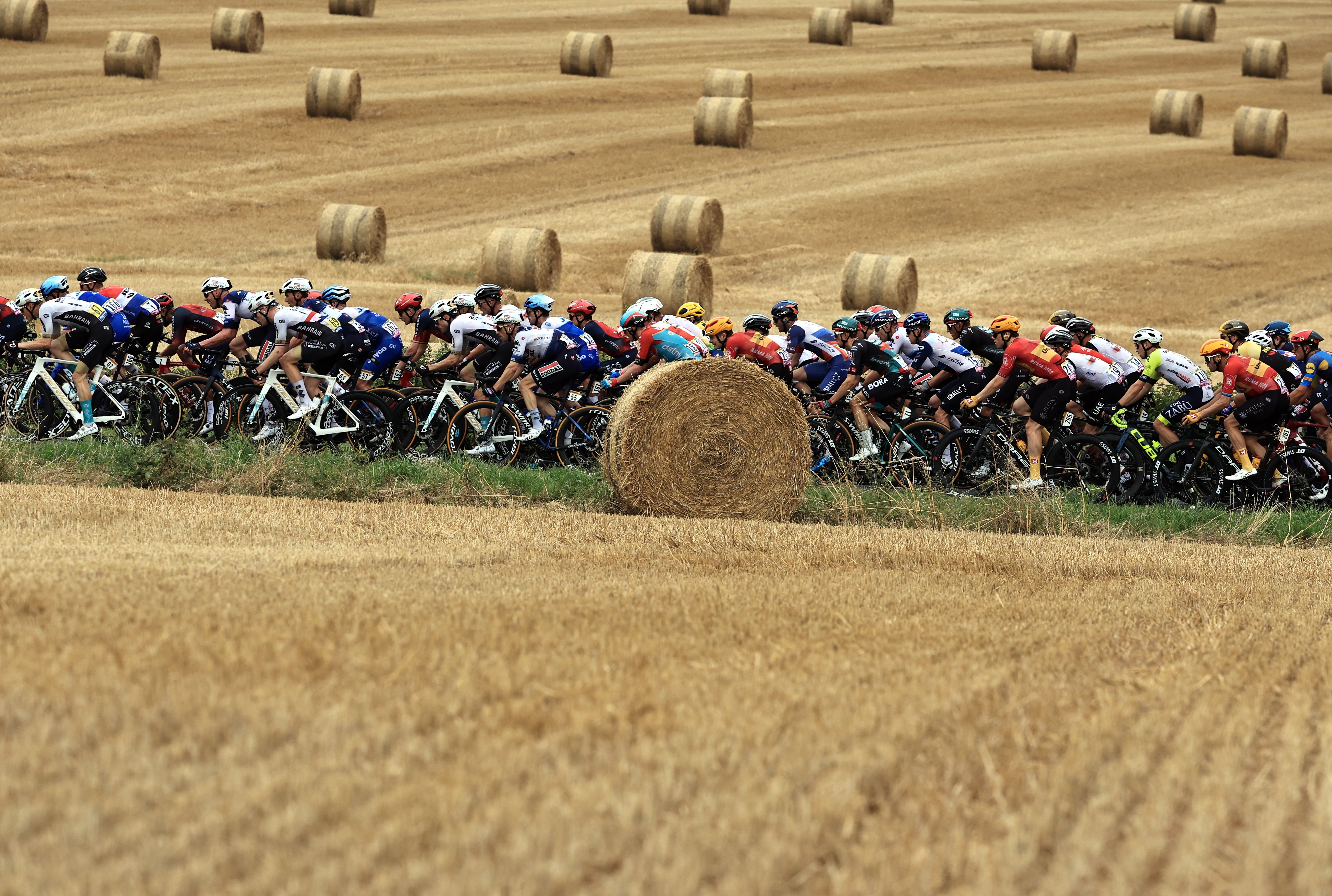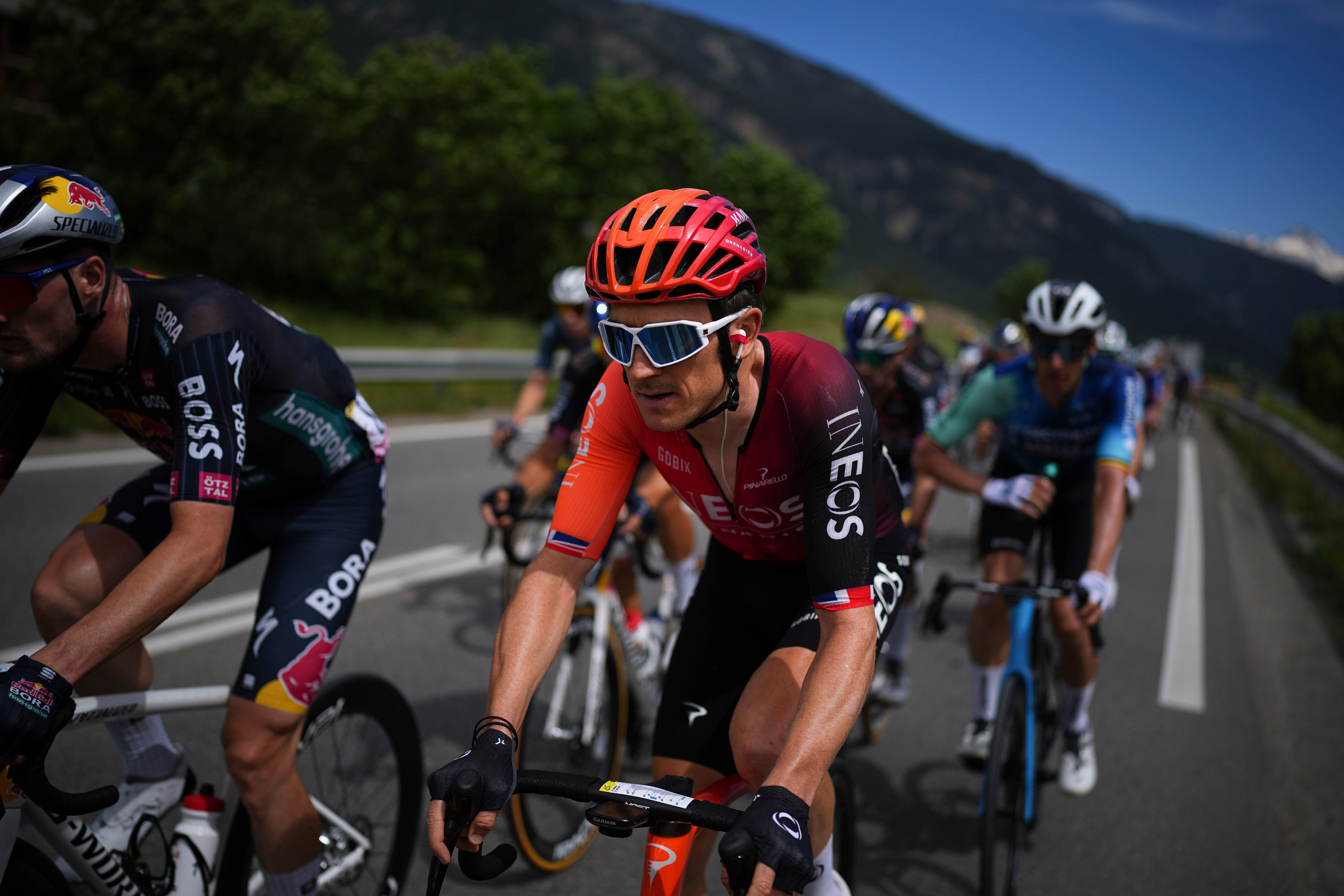The Independent's journalism is supported by our readers. When you purchase through links on our site, we may earn commission.
How do Tour de France riders go to the toilet?
How do the peloton answer nature’s call out on the road?
Your support helps us to tell the story
From reproductive rights to climate change to Big Tech, The Independent is on the ground when the story is developing. Whether it's investigating the financials of Elon Musk's pro-Trump PAC or producing our latest documentary, 'The A Word', which shines a light on the American women fighting for reproductive rights, we know how important it is to parse out the facts from the messaging.
At such a critical moment in US history, we need reporters on the ground. Your donation allows us to keep sending journalists to speak to both sides of the story.
The Independent is trusted by Americans across the entire political spectrum. And unlike many other quality news outlets, we choose not to lock Americans out of our reporting and analysis with paywalls. We believe quality journalism should be available to everyone, paid for by those who can afford it.
Your support makes all the difference.Professional road cycling is a gruelling sport, and the Tour de France is arguably its toughest test, with riders contesting three weeks of high-octane racing.
Across 21 stages in 2024, nearly 180 of the world’s best male bike riders will cover almost 3,500km on a circuitous route from Florence to Nice, spending hours in the saddle each day.
With temperatures soaring, re-hydrating and re-fuelling are vitally important, which poses a question: what do riders do when nature calls?

The answer depends on the race situation. Should the peloton be close to the finish or at a key juncture, most will simply hold it, aided perhaps by the adrenaline.
But in quieter moments, such as early into racing on a flat day, a single rider may pull away to pee at the side of the road, confident of catching up with the pace leisurely.
Alternately, the peloton may choose to go en masse — a nature break slot may be decided by the race leader to allow everyone to go in comfort, with attacking strictly forbidden during the pause.
But riders have to be careful they choose the right place. In 2021, Wout van Aert and Luke Rowe were among those sanctioned for “urinating in public”, with fines of 200 Swiss Francs (£166) levied.

Other options are available, though. Increasingly common, according to some, are riders urinating while on the move, either by lifting their shorts or simply dealing with the consequences of their actions.
That approach can have other benefits, as Mark Cavendish explained to GQ: “In races that are soaking wet and freezing cold, I like to piss myself,” the Manx sprinter said. “It warms me up for a split second. You get warm and you don’t have to fuss around.”
The logistics for female riders are slightly tougher, though generally shorter stages help reduce the need for comfort breaks.
That did not stop Demi Vollering of accusing rival Annemiek van Vleuten of attacking while she and her SD Worx team mates had stopped to pee during the Vuelta Femenina last year.
Male riders have also been caught out having been caught short. Perhaps most famously, Tom Dumoulin’s race lead was significantly reduced on stage 16 of the 2017 Giro d’Italia after he encountered “stomach problems” having just conquered the Stelvio climb.
Thankfully for Dumoulin, the incident didn’t prove costly — the Dutchman went on to secure his only Grand Tour triumph by snatching the maglia rosa on the final time trial.
Join our commenting forum
Join thought-provoking conversations, follow other Independent readers and see their replies
Comments